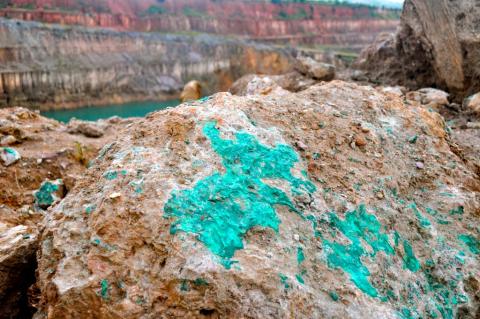
As the first liquefied natural gas (LNG) starts flowing, Papua New Guinea’s first EITI Report provides a diagnosis of the extractive industry setting the stage for reforms.
“The EITI is serving as a diagnostic tool for our government systems, identifying areas for reform and building trust and transparency into the management of the extractive industries,” says PNG Minister for Treasury and PNG-EITI Chairman Patrick Pruaitch. “The publication of this first EITI Report is the start of a process rather than an end in itself.”
Calm before the surge
The extractives sector’s share of gross domestic product (GDP) doubled from 13.3% in 2013 to 26.6% in 2014 and is projected to reach 33.5% in 2015. While the value of mining has remained relatively constant, its share of total extractive industry revenues fell from roughly two thirds in 2013 to roughly a third in 2015 according to the 2013 EITI Report. Mining and petroleum tax, the equivalent of corporation tax, accounted for around two-thirds of the USD 417m in government revenue from the extractive industries in 2013.
Tracking subnational transfers
Clarifying the flow of revenues through central and subnational governments was one of the government’s priorities in implementing the EITI. Subnational governments are entitled to receive shares of at least four revenue streams, although they can also negotiate additional revenues on a case by case basis. Mining companies pay such levies directly to subnational governments, while oil and gas payments to subnational government are collected by the central government before being transferred onwards.
Mining companies’ royalty payments go to subnational governments and landowner groups. Yet given the uneven oversight of these accounts, which are not recorded in the budget, mining companies reported paying a total of roughly USD 57m in royalties in 2013 while the Mineral Resources Authority (MRA) reported receiving roughly half, USD 28 million. The 2013 Report thus recommends a detailed review by the Department of Finance of subnational transfers, accounts and itemised payments, with a view to eventually incorporating them into state budgeting.
Cadastral conundrums
Cadastres include key information on licenses, including the name of the license-holder and the license coordinates. While the MRA maintains a modern online cadastre for mining licenses, the Department of Petroleum and Energy (DPE) operates only a system of paper ledgers for recording oil and gas licenses. The on-going review of the DPE initiated in 2014 initially found that the holders of around half of all oil and gas licenses did not adhere to requirements such as implementing work programmes, paying license fees or comply with reporting requirements.
The 2013 Report provides a version of the petroleum license register updated to November 2013 in electronic format for the first time, a process that identified several inconsistencies in some license information. The EITI Report also highlights the lack of formalised procedures for awarding oil and gas licenses, for transferring mining licenses and for assessing technical and financial criteria of bids.
Related content



